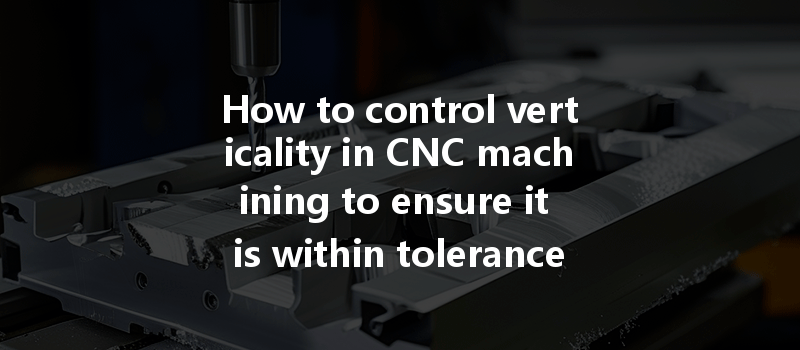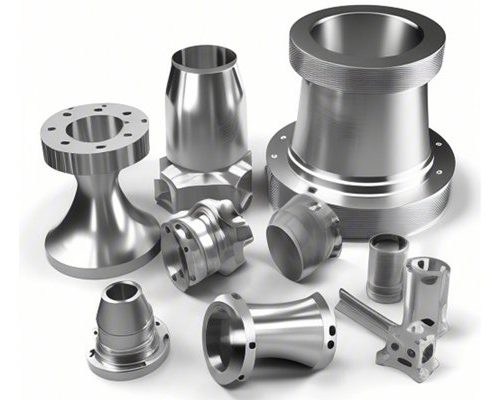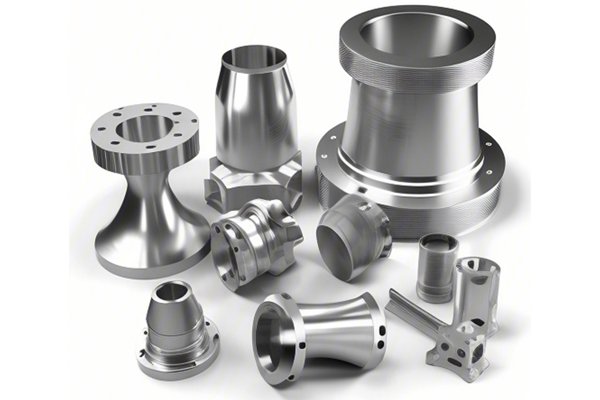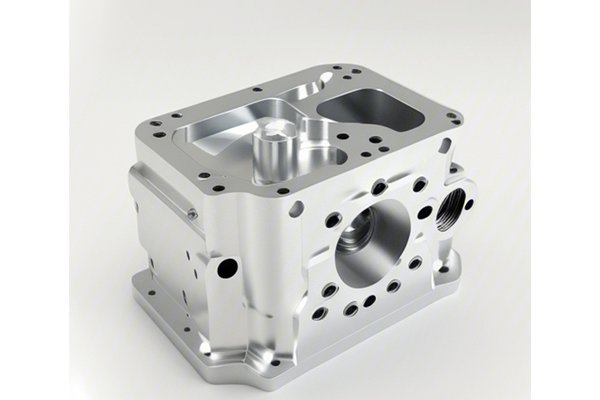In the world of CNC machining, achieving high precision is crucial, particularly when working with parts that require strict tolerances. One of the most significant factors contributing to the overall accuracy of CNC machined components is verticality—the condition of being perfectly upright or at a right angle to a given surface. At YL Machining, we understand that maintaining verticality is vital for ensuring the functionality, fit, and performance of components across various industries, including aerospace, automotive, and medical devices.
In this blog post, we delve into the complexities of controlling verticality in CNC machining. We will explore the various strategies, techniques, and technologies that can help ensure that vertical surfaces are machined to precise angles within the specified tolerances. Whether you are a seasoned engineer, a quality control specialist, or simply curious about best practices in CNC machining, this article will provide you with valuable insights to enhance your understanding of verticality control.
Understanding the Importance of Verticality in CNC Machining
Verticality refers to the position of a part or feature concerning a specific reference point, usually measured with respect to gravity. In CNC machining, it is crucial that vertical features are aligned correctly to ensure they perform effectively in their intended applications. If a part deviates from the vertical orientation, it can lead to misalignment, increased wear and tear, and ultimately, part failure.
Parts requiring strict verticality control are commonly found in industries such as aerospace, where accuracy is paramount for safety. In automotive manufacturing, components such as engine mounts or transmission casings must be vertical to ensure proper fit and function. In medical devices, the alignment impacts the performance of surgical instruments and implantable devices.
The repercussions of failing to control verticality can be significant. In addition to compromising the functionality of a component, poor verticality leads to increased production costs due to rework and scrap. Furthermore, inappropriate verticality can also impact other characteristics such as surface finish, which is essential in industries requiring high aesthetic quality.
Techniques for Controlling Verticality
Workholding is fundamental in maintaining verticality during machining. There are several workholding methods that can help ensure components remain secure and properly aligned:
Choosing the right tools involves analyzing the requirements of the job. Understanding the tools’ geometry can make a significant difference in verticality control.
To achieve the desired verticality, CNC machines must be properly calibrated and maintained:

Advanced machining techniques bring forth innovative ways to control verticality:
Measurement and Verification of Verticality
To validate verticality, several inspection techniques can be employed, including:
CMMs are essential tools for inspecting and verifying verticality. They offer high precision by allowing operators to assess multiple dimensions at once. Here’s how CMMs aid in verification:
Dealing with Verticality Tolerances
In practice, tolerances must be defined based on the needs of the component and its application. Tolerances for verticality are typically expressed in terms of degrees or parallelism specifications.
Standards such as those provided by the International Organization for Standardization (ISO) and American National Standards Institute (ANSI) provide guidelines and benchmarks for dimensional tolerances, including verticality.
Establishing acceptable limits for verticality should involve a collaborative effort between design engineers, manufacturing engineers, and quality assurance teams. Accepted practices generally illustrate that verticality tolerances between 0.005″ to 0.010″ are standard for many applications, while high-precision components might be held to tighter tolerances.
Effective control of verticality in CNC machining is essential for ensuring that precision components meet the stringent requirements of their applications. By employing proper workholding strategies, careful tool selection, and regular machine calibration, manufacturers can achieve the vertical tolerances needed for high-quality outputs. In addition, utilizing advanced technologies and rigorous measurement practices helps ensure that parts maintain their desired verticality throughout production.
At YL Machining, we emphasize the importance of precision in every project we undertake. Our commitment to excellence, combined with our vast experience and advanced machining capabilities, allows us to meet the unique requirements of our clients across different industries. By adopting the practices outlined in this blog, you can enhance the verticality control of your CNC machined parts, ensuring they perform effectively in their intended applications.
For further inquiries or to discuss how YL Machining can assist you with your CNC machining needs, please do not hesitate to reach out to us. We look forward to helping you achieve your machining goals with precision and confidence.
—



